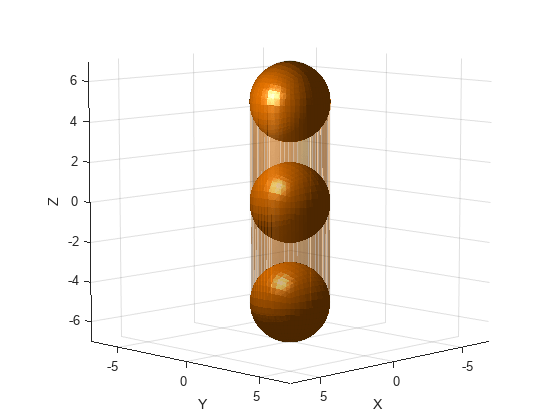collisionCapsule
Description
The collisionCapsule object is a capsule primitive collision geometry
defined by a radius and length, with the central line segment of the capsule aligning with its
z-axis and the origin of the body-fixed frame located at the midpoint of
the central line segment.
Creation
Description
CAPS = collisionCapsule(
creates a capsule primitive with the specified radius radius,length)radius and
length length. The radius and
length arguments set the Radius and
Length properties, respectively.
CAPS = collisionCapsule(___,Pose=
sets the pose)Pose property of the capsule to pose,
relative to the world frame.
Properties
Object Functions
checkCollision | Check if two geometries are in collision |
genspheres | Generate spheres along central line segment of capsule |
convertToCollisionMesh | Convert collision primitive geometry into collision mesh geometry |
show | Show collision geometry |
